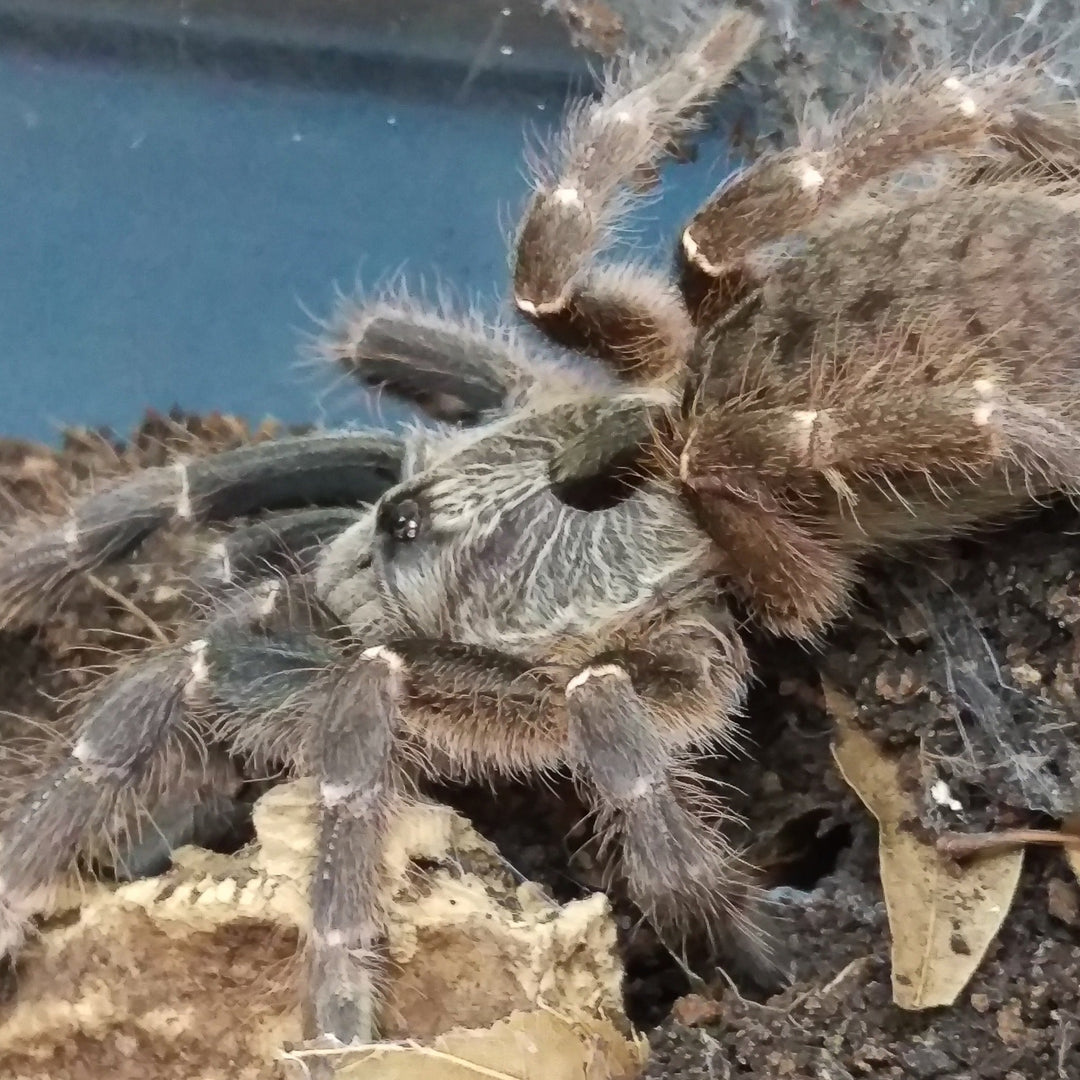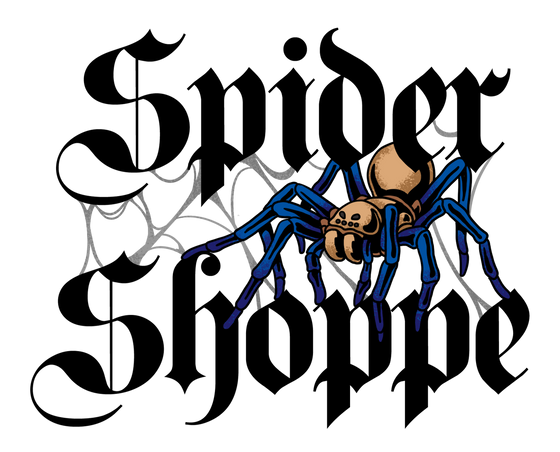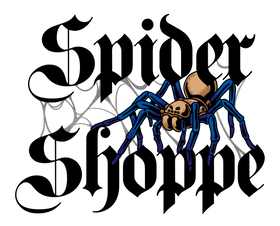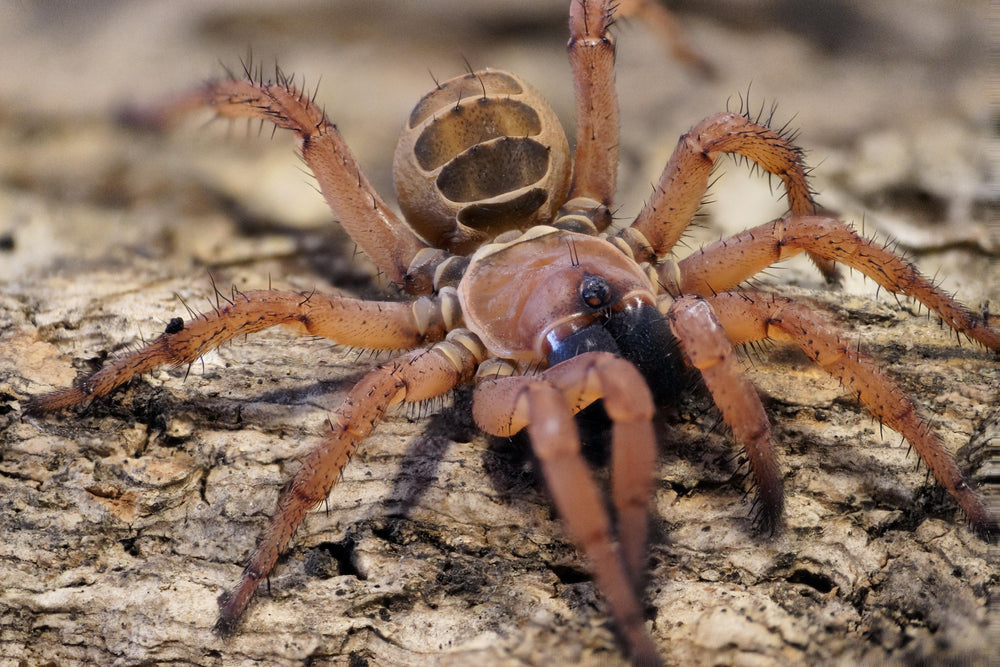
Ceratogyrus darlingi (Rear-Horned Baboon) 0.5" | 3" FEMALE
- Live Arrival Guarantee
- Live Animals Ship FedEx Priority Overnight (Mon-Weds)
- In stock, ready to ship
- Inventory on the way
The Rear-Horned Baboon Tarantula, Ceratogyrus darlingi Pocock, is a very unusual Old World tarantula of the subfamily Harpactirinae that needs to be seen to be believed. These are literally "unicorn" tarantulas. The carapace has a robust, rear-pointing, blunt horn-like protuberance emanating from the central radial furrow toward the anterior (back) side of the carapace.
Reaching a five-inch diagonal leg span, C. darlingi develops a gray-brown velvet-like pelt with vivid marbled abdominal-, starburst carapace- and striped leg patterns of bright straw-colored setae vividly contrasted by a black underlying exoskeleton in classic baboon spider fashion. The Legs also have brightly colored bands at the joint between each segment.
C. darlingi is native to seasonally dry, open, tropical savannah and scrubland habitats of Botswana, Zimbabwe, Mozambique, and South Africa. They are fossorial (burrowing) tarantulas that readily dig earthen burrows into clayey substrates in the wild or facultatively build silken retreats beneath and through dry scrub, brush, and beneath and around fallen logs and rocks.
Like other Harpactirinae, C. darlingi has a fast growth rate and a voracious appetite. Although these are ridiculously hardy tarantulas, their speed and highly defensive disposition make these spiders best-suited for experienced keepers. The venom of these baboon spiders is more potent than New World species, and they are prone to bite, so there is no handling for these beauties.
These spiders are prolific webbers and will readily line their enclosure with silk. If their enclosure is kept in a place that is light in the day, they will be "pet holes" hiding deep in their tunnels. However, if you orient their cage in a permanently dark location, they will often be seen wandering, being curious, and webbing throughout the day if you check on them with a headlamp or flashlight.
C. darlingi can be easily maintained in a terrestrial enclosure that is wider than tall. A deep, airy, fluffy organic substrate is best for burrow construction. The substrate should be kept only barely moist for spiderlings and bone dry, with periodic mistings for larger juveniles and adults. Half cork rounds, dried magnolia or oak leaves, and twigs are all suitable additions to the enclosure. This tarantula will readily incorporate any object for anchor points for its gallery of tunnels. If you are looking for a genuinely peculiar African tarantula, few match the Rear Horned Baboon!

Info on our shipping policy can be found on our T&C page.



